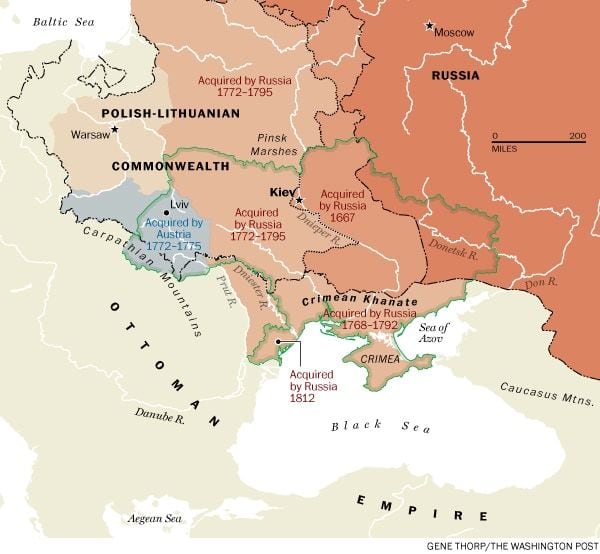I was digging around my files this morning and came across my folder for ‘Banyak & Fecks.’ This is one of my favourite novels, and the one I am most proud of. This is partly because it’s not like the others in terms of plot. It’s about two people from vastly different backgrounds meeting, needing each other, surviving, and becoming platonically entwined forever. The fact they are both in their late teens/early twenties adds a level of emotional and sexual confusion. What I’m also pleased with is the research, and while writing it, I made some notes about various historical facts and figures that come into play in the story. Even if they are only background, they still have to be correct.
So, after today’s news, which follows in a moment, I’ll show you the notes I made. First though, a couple of other matters:
Helen P. Schrader is the author of 24 historical fiction books. She is currently running a series of short interviews with other historical fiction writers with the theme, ‘Why I write historical fiction.’
On 20th February (i.e. Tuesday) she will have a short piece about me on her blog, which you can find by clicking this link: Helen Schrader.

Mardi Gras Promotion. This promo is still running if you want to see what’s o offer. Head to the link and find a raft of new titles in various genres/niches, all LGBTQI+ and all there to celebrate Valentine’s Day, Mardi Gras and queer fiction. Click this link: Mardi Gras Promo.
And now, to my background notes for Banyak & Fecks. Bear in mind, these are only notes, and they might be a bit all over the place and/or incomplete. While posting, I’ll see if I have any images hanging around the folder that I can also put up.
Banyak & Fecks General Notes and Words
Some are taken directly from newspapers and documents of the time.
Cabs 1879
Altogether there are 4,142 Hansom cabs, and 4,120 Clarence, or four-wheel cabs, in London.
Light-carts
Dock work 1883
The pay is fivepence an hour, and the day’s work lasts for eight hours. It is miscellaneous, and a man is expected to put his hand to anything in the shape of loading or unloading that the occasion may require.
Destitution
Arranged for a plain burial which is to cost 6 guineas.
Let me describe this room. It was the first floor back; so small that the bed left little room to move. She took it unfurnished, for 2/9 a week; the furniture she brought was: the bed, one chair, a chest of drawers, and a broken deal table. On some shelves were a few plates, cups, etc. Over the mantelpiece hung several pictures, which she had preserved from old days. There were three engravings: a landscape, a piece by Landseer, and a Madonna of Raphael. There was a portrait of Byron, and one of Tennyson. There was a photograph of myself, taken 12 years ago, — to which, the landlady tells me, she attached special value, strangely enough. Then there were several cards with Biblical texts. and three cards such as are signed by those who “take the pledge,” — all bearing date during the last six months.

Clothing
An Ulster: a man’s long, loose overcoat of rough cloth, typically with a belt at the back. The Ulster is a Victorian working daytime overcoat, with a cape and sleeves. The Ulster is distinguished from the Inverness by the length of the cape; in the Ulster, this cape only reaches the elbows, allowing free movement of the forearms.
Pennylicks – ice cream bowls
Graphophone – the name and trademark of an improved version of the phonograph.
Slums (1880)
The yard pump takes two, one to pump while one washes.
Washtop (the copper) over the fire, with tin lid and ‘chumney’, hot and sweaty, used also for washing clothes.
A room: double bed, trunk, table, 2 chairs, fire, candles.
Cheap foreign labour after depression.
40k population expansion.
Jewish immigrants from pogroms in Russia and the east.
Largest immigrant population = Irish, 2nd largest = Russians
Work
Unskilled = lucky to get two week’s work out of a month
Pillars at the docks either side of gates
Thousands at the gates every day
10k people in East End after 6k jobs
Police at gates
Wait hours to rush through, some got trampled
‘The cage’ where foremen stood to choose, safe, while thousands crushed to be chosen
Unloading barrels, bales and sacks that rubbed skin from back
5d an hour
Fecks, young, tall, strong, some English so can better fight for work

Sweatshops – Sweated Workshops (tailor factories)
Refugees met off the boat by ‘sweater sharks’
Wheelbarrows to cart supplies
No pay until an order is done
‘Greeners’ = lowliest tasks, new to the biz
18 hours a day, six days a week, 34p per hour in today’s money
One 22-year-old greener worked 22 hours per day until he hanged himself
Pawn brokers
Trade in clothes to pay for bed or rope house
No tick (credit) for transients
Buying bread and fat in slices from shop
Weekly rents in today’s money £30.00, £13.00, £8.00
Costermongers
12,000 in the 1880s
Eels, five per penny for sheep’s trotters (80k per week sold)
Silas
Telling jokes for pennies – Silas, the difference between a hollow tube and a daft Dutchman? One’s a hollow cylinder, the other’s a silly Hollander – etc.
Showing the rich around the slums, slumming it, slum tourism, won’t make him popular
Slum fiction
Human novelty exhibits
And that’s where my notes run out. If you haven’t read it, and want to know how all those various subjects add up and tie in, head to the Amazon page, add it to your TBR list, read it in Kindle Unlimited, or order yourself a paperback.

